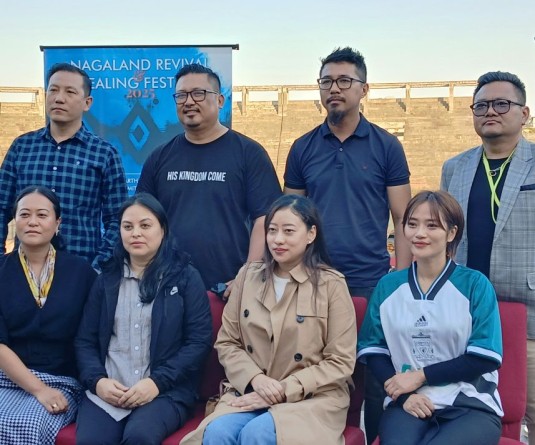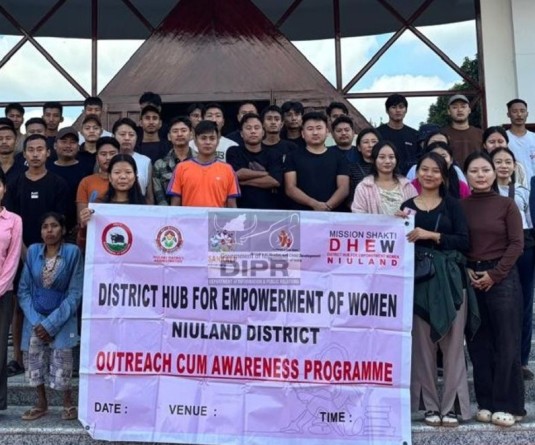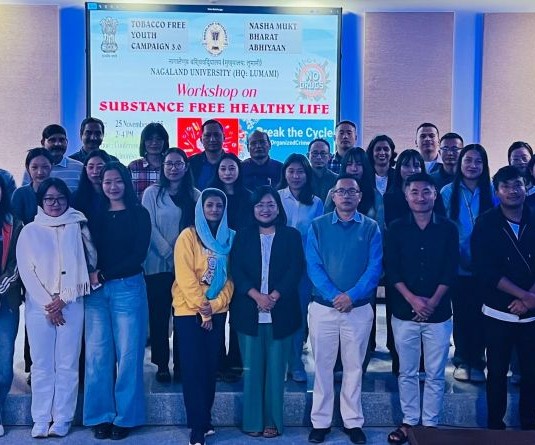
India goes one spot down to 118 in World Happiness Report 2016
Imlisanen Jamir
Dimapur | April 8
The World Happiness Report 2016, an unusual annual ranker of the world’s happiest countries was published last month by the ‘Sustainable Development Solutions Network,’ a global initiative of the United Nations.
While the report takes into account the GDP per capita, life expectancy, social support and freedom to make life choices as indicators of how big the smiles are, this year’s report added a new dimension to its analysis: Inequality.
Inequality as a measure of the distribution of people’s answers to this particular question: “Imagine a ladder, with steps numbered from 0 at the bottom to 10 at the top. The top of the ladder represents the best possible life for you and the bottom of the ladder represents the worst possible life for you. On which step of the ladder would you say you personally feel you stand at this time?”
Each country’s ranking is based on their average answer to that question. This year the top country was Denmark, followed by Switzerland, Iceland, Norway, and Finland. No surprises here, as previous editions of this report have always suggested that Scandinavia is the happiest place to be.
Meanwhile, the bottom five included Benin, Afghanistan, Togo, Syria, and Burundi in last place with an average answer of 2.905. India came 118th, which was a slot down from last year, below Somalia, China, Pakistan, Iran, Palestinian Territories and Bangladesh.
Researchers who worked on the report found that most countries are getting more unequal. Comparing the period between 2005-2011 and 2012-2015, they discovered that “about a tenth of countries had significant reductions in happiness inequality, while more than half had significant increases.”
This year’s report was a rare attempt to measure happiness inequality or well-being inequality. The report gives rise to pertinent questions like how closely does happiness inequality correlate with income inequality? What does it mean for a country to be unequal when it comes to happiness? What does that kind of society look like?
John Helliwell, a professor of economics at the University of British Columbia and one of the editors of the World Happiness Report, observed that there are different kinds of inequalities which go into determining happiness inequality.
“A high inequality society is one in which there are many people who achieve a life they rate very highly, and many others who are stuck in a life they are very much dissatisfied with. This could be because the former are rich, and the latter poor, but it could also be for any number of other reasons.”
A wider perspective beyond income and wealth inequality would include aspects like community, kindness, the capacity to experience positive emotions and recover from negative emotions. This coupled with the ability to exist in collectives without harming one another, without having extreme differences in opportunity and access to resources.
Shigehiro Oishi, a professor of psychology at the University of Virginia, expressing his views on the report in The Atlantic says that a society where some are really happy and others are really unhappy would look like the winner-take-all society (high-income inequality).
This society, he postulates would also be highly corrupted and unfair. Unfair not just economically but politically as well; where the elites are protected, others are not; a “fundamentally non-meritocratic, unfair society.”
The World Happiness Report found that generally, lower happiness inequality correlated with higher average happiness score, suggesting that more equal societies are happier, on the whole.
What can be inferred from the report’s findings is that fairness and equality, not just economically but in terms of rights and basic dignity are essential to improve well being and happiness.
In the Naga context, those responsible for policy formulation or involved in the function of governance, and those who influence public discourse, would do well to imbibe the report’s findings and relook at the ideas of fairness, equality, progress and well being.





